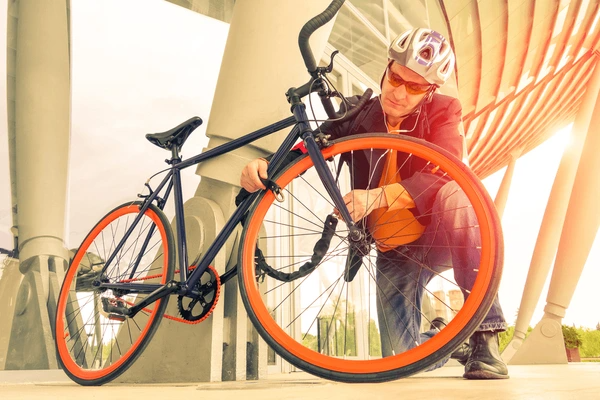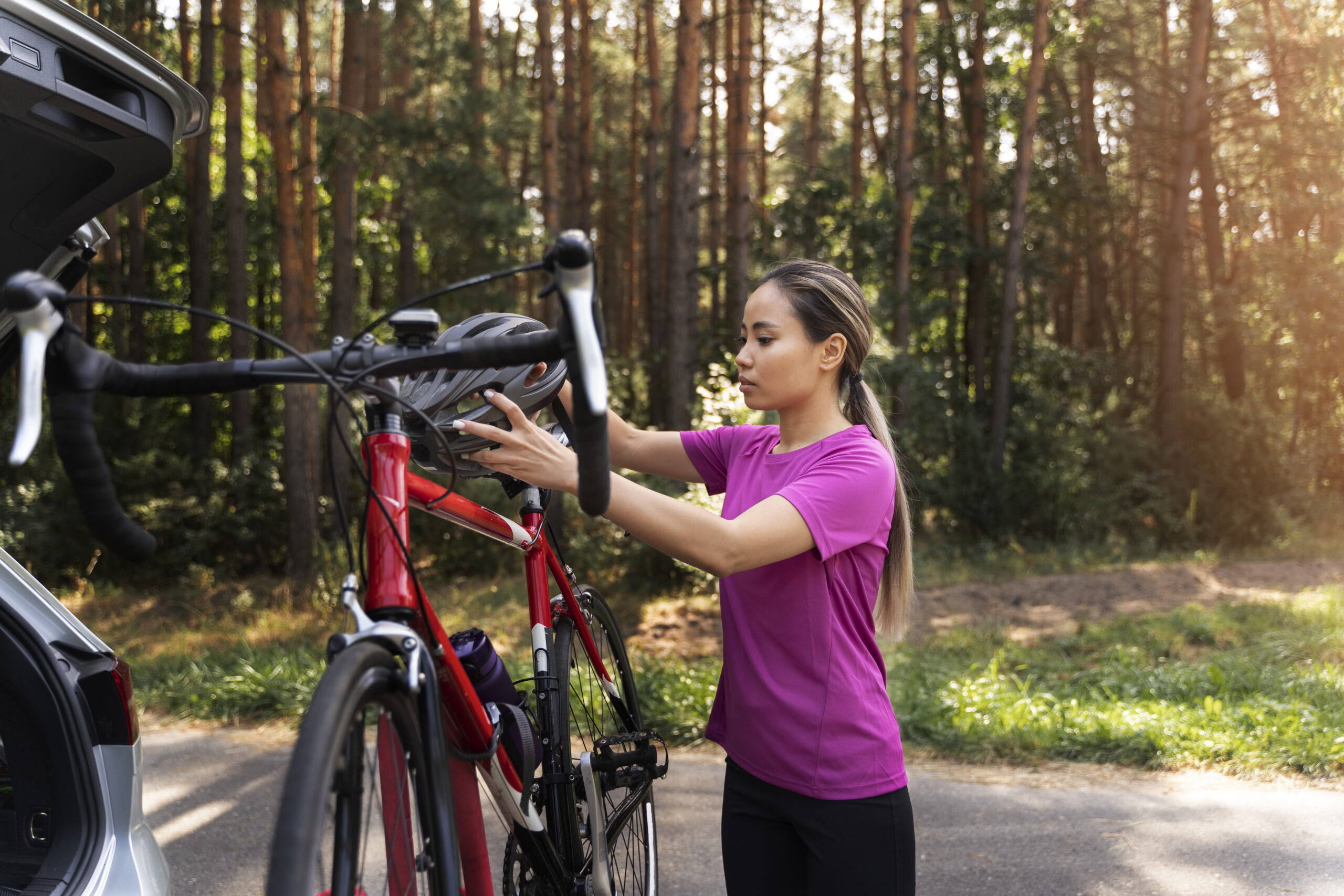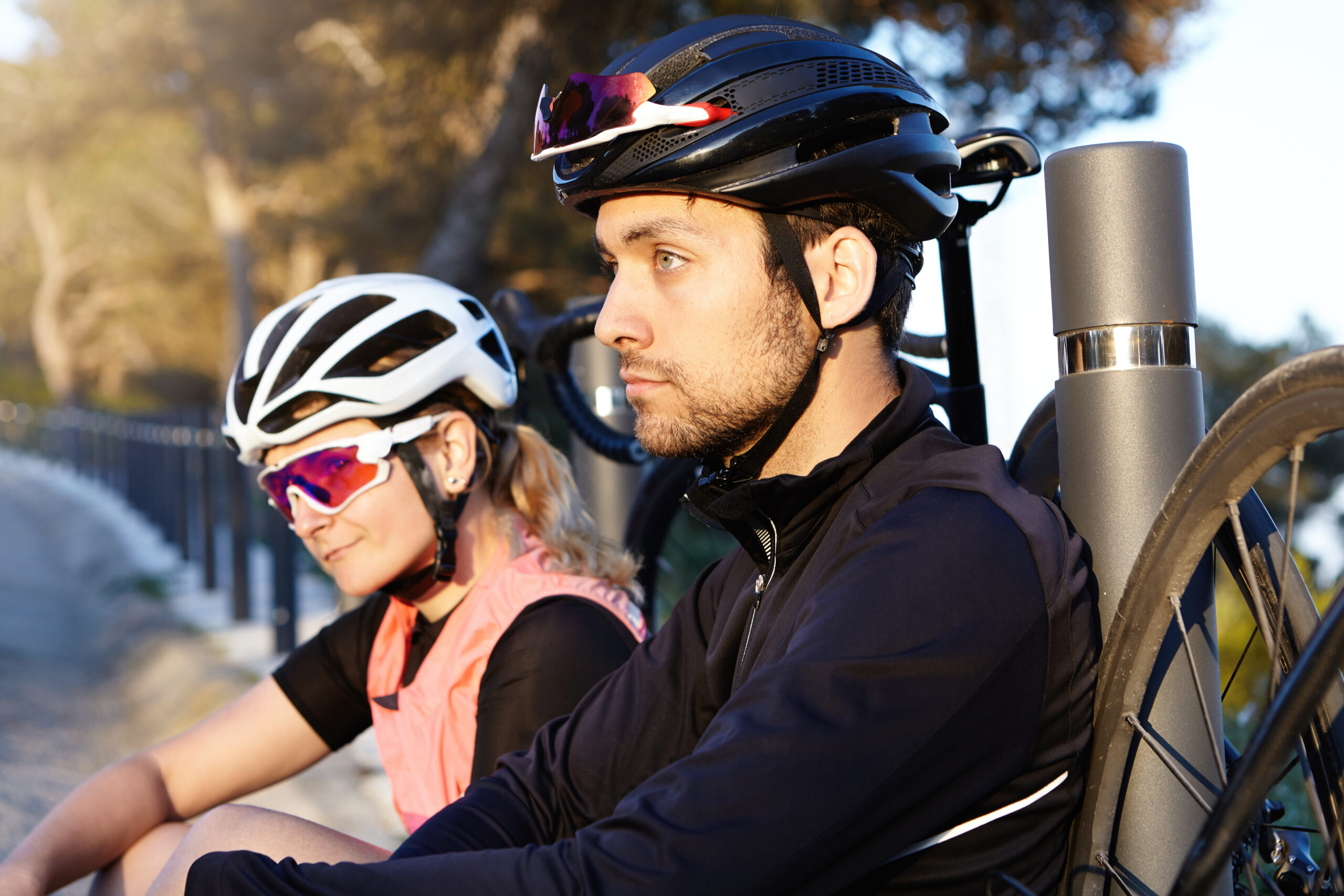Due to the fact that I am a hardcore enthusiast of cycling and a security fan, I have been investigating for many years different kinds of bike lock mechanisms as well as their weaknesses. As the author, I am looking to point out a crucial problem in this paper: the high vulnerability of the majority of bike locks. Nevertheless, take into consideration that this material is presented with the sole purpose of enhancing the knowledge of safe bicycle security.
Understanding Bike Locks
Before actually starting a deep discussion of lock-picking, one must first know about the types of bike locks that are commonly used:
- Cable locks- These are the most flexible and easy to carry. They are also disposable if thieves are close by and there is no facility to secure the bike, but they work as a deterrent.
- Chain locks- These locks are drag-resistant and are good for locking the bike either at a bike rack or around the bike itself. They are good as motorcycle locks too most of the time.
- U-locks or D-locks- U-Shaped Lock
- Folding locks- These are locks that are also retrieves.
Each of these lock types has its own strengths and weaknesses, which we will explore in detail.
The Vulnerability of Cable Locks
Cable locks are perhaps the weakest of the lock options. This is in spite of them being prevalent in the market, thanks to their ultralightweight and for providing very little security. For starters, people could get through 3-digit combination padlocks included in the locked-up motorcycles and bicycles. However, in my research, I found that even the simplest thieves and novices could open most cable locks with relatively unsophisticated toolkits that can be quite ordinary.
Cable locks’ primary disadvantage is poor construction. Simple metal cables can be snapped through by bolt cutters and even got plain wire cutters. Thieves, who are the most tech-savvy, have been using battery-powered angle grinders that can cut through a cable lock in only seconds.
Chain Locks: A False Sense of Security?
Chain locks indeed give off a feel of robustness and safety due to their massive build. Nevertheless, this is mainly a case of “the looks might be deceitful.” While the heavy-duty steel chains are enough to safeguard some of them, the conspecific ones that are an odd meal to crocs are quite light to break into.
My study indicated that it was possible to open certain chain locks without the knowledge of lock picking by a process known as “shimming.” A shim is a thin piece of a metal strip that, if inserted into the lock mechanism, can turn the locking pins. In a couple of minutes only, it was possible to use this technique to defeat some chain locks.
U-locks and D-locks: The Industry Standard
U-locks and D-locks are two names for what is otherwise the most secure bike lock that is commonly used. But even then, they can be opened with some picking techniques. The primary problem in this lock is the cylindrical lock mechanism that is used in lots of U-locks and is highly susceptible to a method called “lock-bumping.”
Lock bumping is the act of forcing a bump key, a specially cut key, into the lock and hitting the lock pins in the appropriate way. I saw some guy’s easily open U-locks in hardly 30 seconds of doing this trick.
Folding Locks: A Compromise Between Security and Convenience
Folding locks are the locks that allow a trade-off between the stiffness of a U-lock and the flexibility of a cable lock. On the other hand, these may also be at risk of picking methods. Some folding locks are built with a disc detainer mechanism that can be picked by using specific tools.
In testing I conducted, I came to the conclusion that folding locks are generally more secure than cable locks, however, they are not immune to picking as high-end U-locks.
The Tools of the Trade
The surprising ease of picking bike locks often depends on how readily available the lock picking tools are and how easy they are to use. Frequently used tools are:
- Lock pick and a tension wrench
- Bump keys
- Shims
- Electric pick guns
Before you go any further, it is imperative to mention that in many states/countries, carrying these tools with no lawful reason may result in your being detained.
The Time Factor
A very worrying fact about lock picking is its speed. I have done a lot of research so I think it would be quite alarming for you if I told you that:
- Cable locks: Can be crushed or removed in 10-30 seconds
- Chain locks: Can be picked or cut in 30 seconds to 2 minutes
- U-locks: Can be picked in the time range of 30 seconds to 3 minutes
- Folding locks: Can be picked in 1-3 minutes
Remember that these times assume a skilled person and that they are utilizing the proper tools. As a beginner, you might need more time to complete it, but, since learning these other techniques is easy, I am also a bit worried.
The Human Element
It’s not only the fact that locks can be broken in a physical way that makes bikes stealing a piece of cake but also human behavior, which plays a significant role in this action. Many cyclists get their bikes stolen, mostly for reasons, without really knowing it by:
- Using inferior-quality or not property-secured locks
- Locking bikes away in remote areas or a bad lighting area
- Not locking up and keeping safe removable parts like wheels and seats
The Impact of Bike Theft
Picking a bicycle lock is so easy that it leads to a very high number of bike thefts all over the world. For example, the National Bike Registry has documented that over 1.5 million bicycles are stolen every year in the US alone. This turns into, apart from the personal financial harm, a community-level prevention of bike riding.
Improving Bike Security
No single lock will give you 100% security, still, there are steps that bikers can take to ramp up the security of their bikes:
- Using multiple locks of different types
- Getting better quality and certified locks
- Better use of the locking technique can be learned
- Avoiding the spots with lower alertness and weak visibility
- Using GPS systems and smart locks at the same time
The Role of Manufacturers
In the ever-changing security field, lock makers are forever on their feet to find new and advanced design alternatives for both security threats and the needs of the ordinary user. Examples of some of the new inventions are:
- Pick-resistant lock cylinders
- Hardened steel construction
- Smart locks with alarm systems
- Biometric locks
On the other hand, with the higher level of sophistication in the level of security, the same occurs in breaking them.
Legal and Ethical Considerations
It is important to stress that the data in this article are being offered exclusively for matters concerning education, not otherwise. What must be made clear is that using this approach to open a lock that isn’t yours is not just a legal but ethical breach. I am morally opposed to the use of this knowledge for any illegal activities, being a responsible citizen, I warn against it too.
Conclusion
The fact that bike locks can be so easily picked is a very depressing issue for the bikers out there. However, these very issues, when raised, could be seen as only a polite way of awakening oneself to the importance of zeroing in on the safety of the bike. Through a good understanding of the various weak points of the different kinds of locks, the bicycle owners are better equipped to make informed decisions as to how to go about taking the necessary precautions in order to ensure that the bicycles are not stolen.
I hope the information that we have discussed till now will be a positive force to fuel the advancement in safety protocols for the bike lock construction and so encourage bikers to engage themselves into be more careful and vigilant when it comes to security. Keep in mind how the best defense you have against bike theft is high-quality locks, good locking techniques, and not forgetting the situations around you.
Let us join together to create a space of safety for riders and to cut the instance of bike thefts in our community.
- Locking Bike Hitch Rack - 17/03/2025
- Bicycle Protective Gear for Adults - 17/03/2025
- How to Find Bike Trails - 16/03/2025




